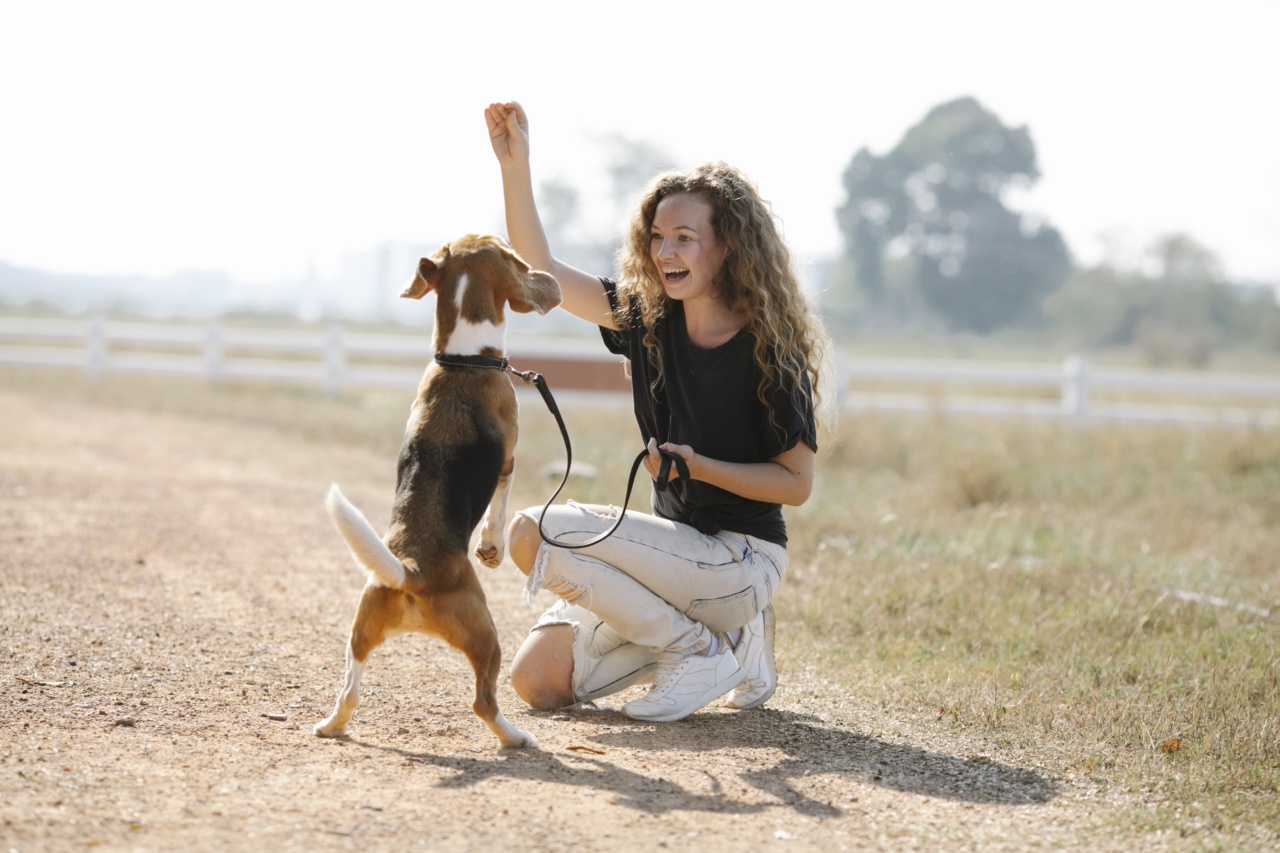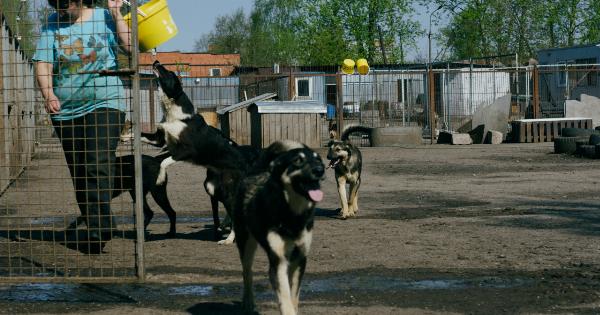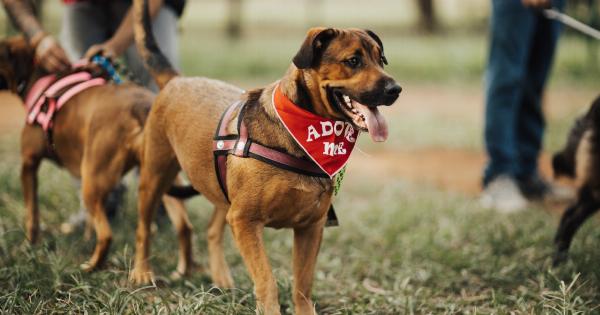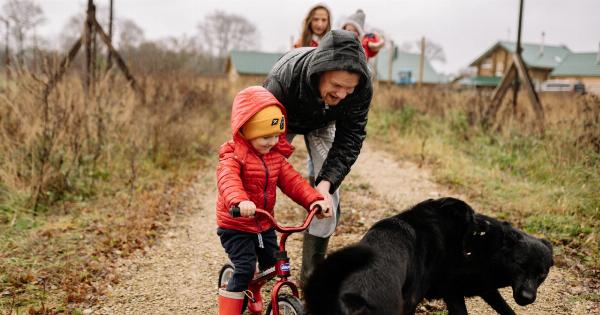Begging behavior is one of the most common problems that dog owners face, but it can also be one of the easiest to fix with the right training.
Whether you’re tired of your furry friend whining at the dinner table or constantly pawing at you for treats, it’s time to put an end to the begging once and for all. With these simple tips, you can train your dog not to beg and enjoy mealtimes in peace.
1. Don’t Reinforce the Behavior
The most important thing when it comes to ending begging is to avoid rewarding the behavior. This means never giving your dog food from the table or in response to begging.
If your dog starts whining or pawing at you during mealtime, calmly and firmly say “no” and ignore them until they stop.
2. Use Positive Reinforcement
Positive reinforcement is one of the most effective ways to train your dog. This means rewarding good behavior with treats, praise, and affection.
When your dog is not begging and is exhibiting good behavior like sitting or lying down calmly, give them a treat or a pat on the head. Over time, your dog will learn that calm behavior is the best way to get what they want.
3. Teach Your Dog a “Place” Command
Teaching your dog a “place” command is a great way to keep them from begging during meals. This command tells them to go to a specific spot, like their bed, and stay there until you release them.
You can start by holding a treat above the bed or spot and saying “place”. When your dog jumps up, give them the treat and repeat the command until they stay on their spot on their own.
4. Use a Training Collar
A training collar, also known as a shock collar, can be an effective tool for training your dog not to beg. These collars have a small electric shock that is activated with a remote control.
When your dog starts to beg, a quick shock can get their attention and discourage the behavior. However, this method should only be used as a last resort, as it can be painful for your dog and should always be used with caution.
5. Establish a Feeding Routine
If your dog is used to eating scraps at the table, they are more likely to beg for food. Establishing a feeding routine can help break this habit and make mealtimes less stressful for both you and your dog.
Feed your dog at the same time every day, in the same spot, and with the same food. This routine will help your dog stay calm and patient while they wait for their meal.
6. Consider a Professional Trainer
If you’re struggling to train your dog not to beg, it may be time to bring in a professional. A dog trainer can help diagnose the cause of the behavior and provide you with the tools and techniques you need to correct it.
They can also provide you with specific training exercises and tips based on your dog’s specific needs.
7. Be Consistent
Consistency is key when it comes to training your dog. Make sure everyone in your household is on board with the training and using the same commands and techniques. Stick to a routine and don’t give in to begging, even if it’s tempting.
Over time, your dog will learn that begging behavior is not rewarded and will stop doing it.
8. Give Your Dog Plenty of Exercise and Playtime
Begging behavior can be a sign that your dog is bored or not getting enough exercise. Make sure your dog is getting plenty of playtime and exercise every day to help relieve boredom and burn off excess energy. A tired, content dog is less likely to beg.
9. Keep Unwanted Food Out of Reach
If your dog has access to food when you’re not around, they are more likely to beg. Make sure any unwanted food is kept out of reach, whether that’s in a cupboard or on a high shelf.
If you’re eating outside, keep your dog on a leash or in a separate area to avoid temptation.
10. Be Patient and Persistent
Training your dog not to beg won’t happen overnight. It takes time, patience and persistence. If you’re consistent and keep working with your dog, you’ll eventually see the results you want.
Remember, every dog is different and may respond differently to different training methods, so be flexible and willing to try new things.























